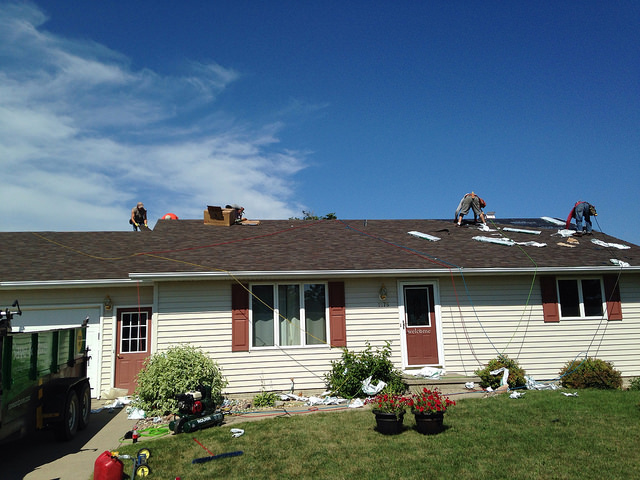Roof inspections are essential for identifying potential issues and ensuring the longevity of your roof. Roof Replacement may help detect issues early, preventing costly repairs or replacements down the line. Here are some widespread strategies and steps for conducting a roof inspection:
Visual Inspection:
a. Exterior Inspection:
Start by examining the roof from the ground using binoculars or by safely climbing onto a ladder to get a extra in-depth look.
Look for visible indicators of harm, such as lacking or broken shingles, curling or buckling shingles, or loose or deteriorated flashing round roof penetrations.
Check for debris, moss, algae, or lichen growth on the roof, which might indicate moisture-related points.
Inspect the gutters and downspouts for granules from shingles, as excessive granule loss can signal shingle wear.
b. Interior Inspection:
Go into the attic or crawl space and inspect the underside of the roof deck for indicators of leaks, moisture, or water stains.
Look for daylight coming by way of cracks or holes in the roof deck, which can indicate roof injury.
Check for signs of insulation harm, mold, or mildew progress, which might end result from roof leaks.
Roof Walk:
a. If it is protected to do so, walk on the roof surface to inspect it up shut.
b. Be cautious and put on appropriate safety gear, corresponding to non-slip shoes and a security harness if wanted.
c. Look for any soft or spongy areas, which could indicate underlying harm.
d. Check for free or damaged roofing supplies, in addition to indicators of wear and tear.
Moisture Detection:
a. Use a moisture meter to detect hidden moisture inside the roof construction and insulation.
b. Moisture detection might help determine leaks or areas of potential water intrusion that may not be visible.

Drone Inspection:
a. Drones geared up with cameras can present a comprehensive view of the roof surface without the necessity for direct bodily access.
b. A drone inspection may be especially helpful for bigger or hard-to-reach roofs.
Professional Inspection:
a. Consider hiring an expert roofing contractor or inspector to conduct a thorough inspection.
b. Professionals have the expertise, tools, and experience to determine issues that will not be obvious to a home owner.
Documentation:
a. Document your findings with pictures and notes to create a report of the roof's situation.
b. This documentation can be useful for monitoring modifications over time and for insurance coverage claims or repairs.
It's necessary to carry out roof inspections often, ideally no much less than once a year, and after extreme climate occasions like storms. Additionally, if you're not comfy or confident in your ability to carry out a roof inspection safely, it's advisable to hire a qualified roofing professional to make sure a radical and accurate assessment of your roof's situation..
